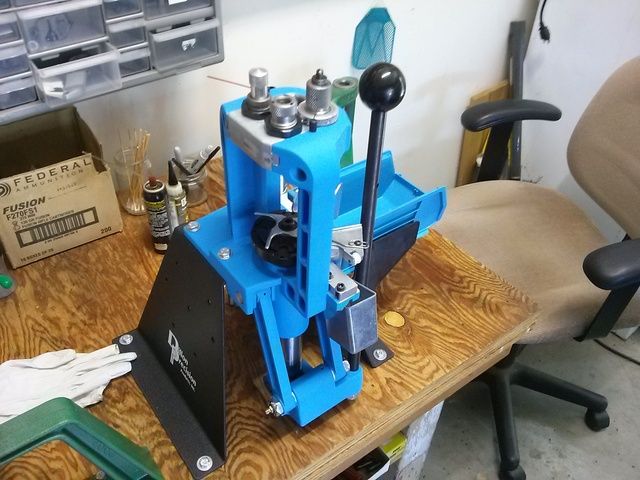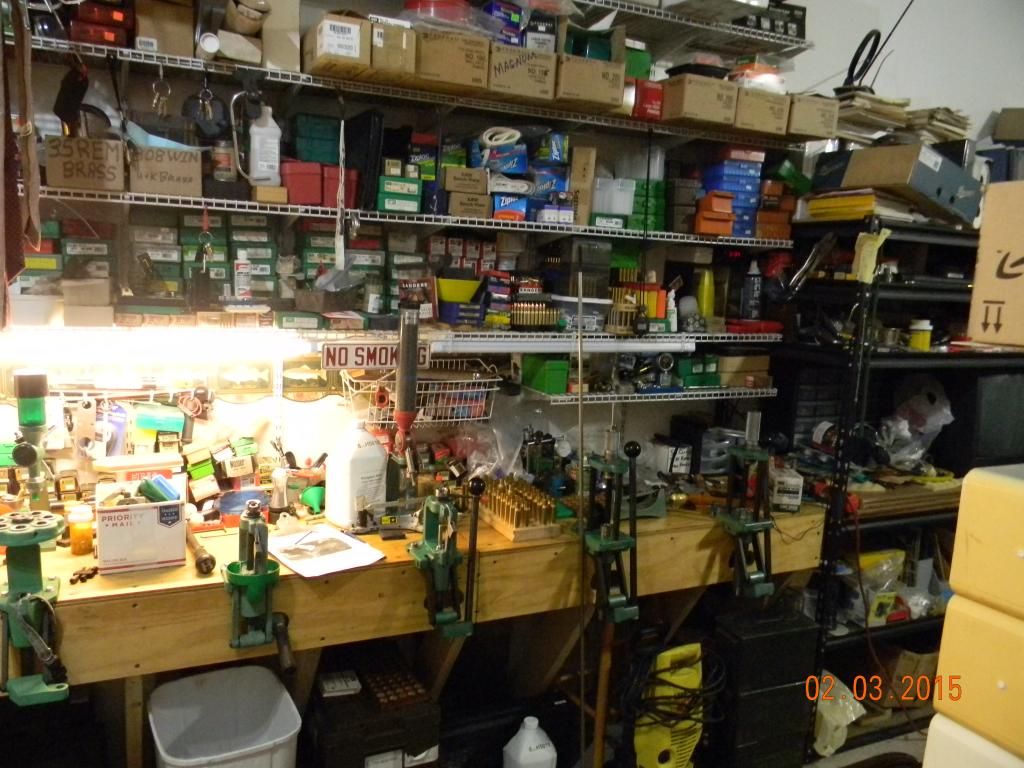Yes, it happened. And yes, it's going well. The Dillon 550 is doing exactly what I need it to do; and as I anticipated.
It doesn't auto index (I don't want auto-indexing). And it only has four stations (I only need three). I brass recondition in one session; and then load in another. Brass reconditioning and ammunition loading are two different things in my mind; and I rather doubt that I'll ever be able to mentally merge the two. If I thought that I were ever able to make that mental merger, then I would have bought the Dillon 650. Some would say my process defeats the purpose of having a progressive - and that's okay. But it saves me a lot of time and ram strokes; yet, I still get to keep the critical control processes I hold dear. And that's perfect for me. I'm glad I made the investment.
Oh yeah, the pic:

It doesn't auto index (I don't want auto-indexing). And it only has four stations (I only need three). I brass recondition in one session; and then load in another. Brass reconditioning and ammunition loading are two different things in my mind; and I rather doubt that I'll ever be able to mentally merge the two. If I thought that I were ever able to make that mental merger, then I would have bought the Dillon 650. Some would say my process defeats the purpose of having a progressive - and that's okay. But it saves me a lot of time and ram strokes; yet, I still get to keep the critical control processes I hold dear. And that's perfect for me. I'm glad I made the investment.
Oh yeah, the pic:

Last edited:

